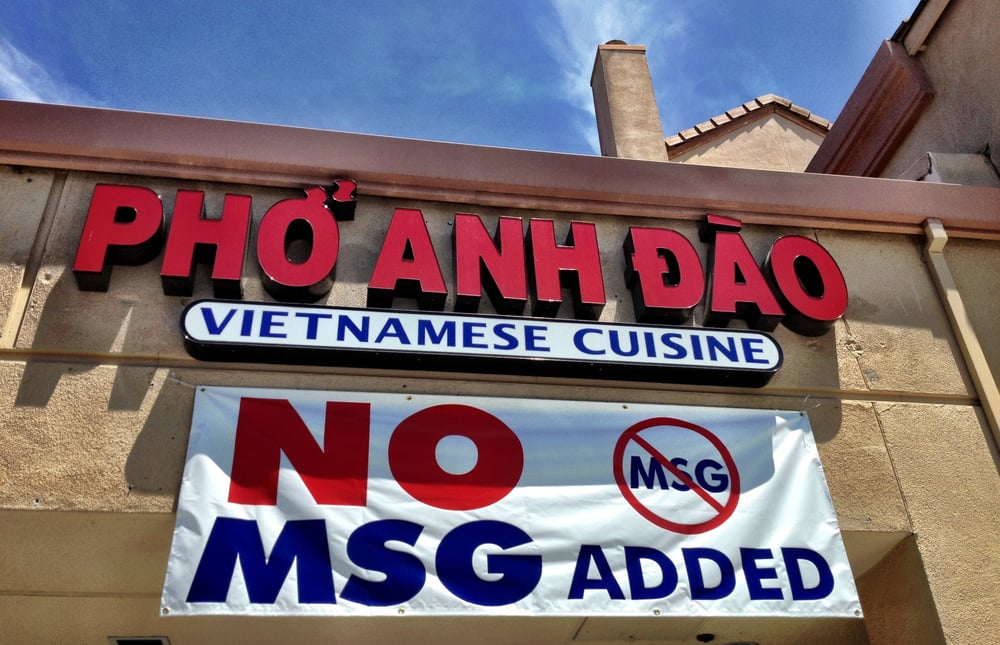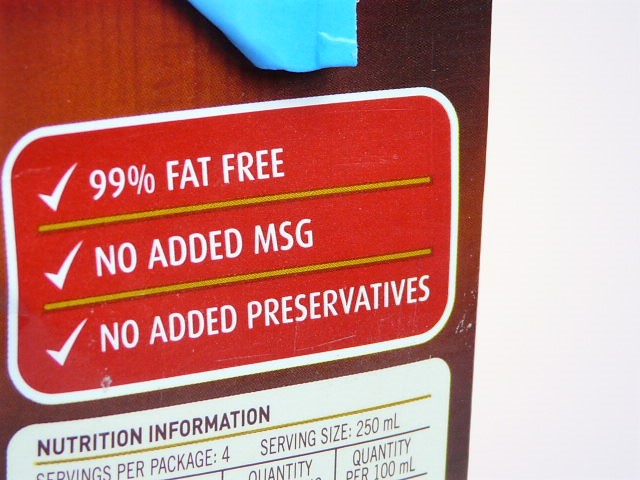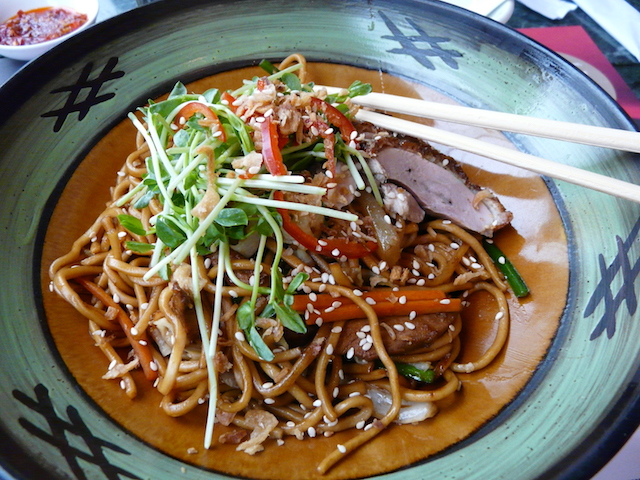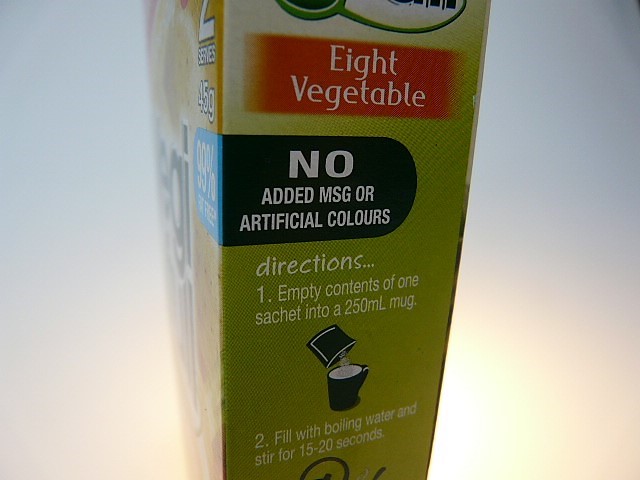Eat to beat MSG and glutamate sensitivity

Are you glutamate-sensitive? Difficult, as it’s impossible to avoid ALL glutamates. They’re natural components of a wide number of foods, but you can avoid big doses (which most likely will trigger symptoms) by implementing the following the three steps.
Help with food intolerances
If you think you have an intolerance to something in food, do NOT try and work it out yourself.
Make an appointment at an Allergy Clinic in a large hospital near you or with an accredited practicing dietitian. You will be given a standard protocol to follow to determine:
- whether it really is FOOD that is the cause and, if so
- which components of food are responsible or
- whether it is whole foods themselves such as milk, egg, nuts, wheat, soy, fish or sesame.

MSG isn’t really an issue
According to the CSIRO and many other researchers, MSG isn’t really a problem. It’s been checked and tested, and meta-studies of the research show there is no evidence that it causes any problems. You can read about it here and here. One of the meta-studies which looked at the effects of MSG on chronic asthma sufferers concluded that “there is no evidence to support the avoidance of MSG in adults with chronic asthma.” This is important because asthma sufferers are generally extremely sensitive to allergens.
If you’re still in doubt check out the FSANZ website which states:
“The safety of MSG has been reviewed by FSANZ, the Joint Food and Agriculture Organization/World Health Organization Expert Committee on Food Additives (JECFA) and the Federation of American Societies for Experimental Biology (FASEB).
Each of these reviews concluded that MSG does not represent a health concern for the general population. An acceptable daily intake (ADI) was not established by JECFA on the basis of the low toxicity of MSG and its use levels in foods.”
However, if you still feel that glutamates cause you problems then you can follow these three steps.
1. Cut back on natural glutamates
Glutamates are responsible for the flavour of foods, so strongly-flavoured foods are the ones to watch out for. This is the key – avoiding things that are rich in flavour or add a lovely broth- or gravy-like taste. High concentrations occur in:
- Asian sauces such as soy, oyster or fish
- strong hard cheeses (Parmesan types, blue-vein, aged Gouda, Gruyere and Cheddar)
- broths, soups, miso, stock cubes, gravy powder
- meat extracts like Bovril and Bonox
- concentrated tomato products - paste, sauce (ketchup), juice, commercial pasta sauce
- yeast extracts and spreads (Vegemite, Marmite)
- seasonings and relishes/chutneys
- mushrooms.

2. Take care when eating out
Chefs use MSG to bring out the savoury meaty flavour of soups and stir-fries. You have no way of knowing it’s been used unless the restaurant or food outlet publicly declares that they DON’T add it.
As a rule, Chinese, Japanese, Korean or other Asian cuisines are quite accustomed to using MSG as an ingredient. It is a cheap and effective ‘short cut’ to the traditional longer methods of creating flavour, especially for stocks and soups. So, the budget-priced food outlets will be more likely to resort to MSG than fine-dining restaurants. Take care to avoid these.
3. Read labels to steer clear of MSG
MSG is a powerful flavour enhancer (it will be listed as additive code number 621). It is commonly added to commercial sauces, stock, gravies, Asian soups, flavoured snack foods and instant noodles to create a rich meaty flavour. Check out my handy Foodwatch Guide to FOOD LABELS eBook, Cracking the Code.
In addition to MSG or 621, there are five other glutamate compounds to watch for but these are less commonly used. Look for code numbers 620, 622, 623, 624 and 625:
620 L-glutamic acid
622 monopotassium glutamate
623 calcium glutamate
624 monoammonium glutamate
625 magnesium glutamate
As manufacturers realise that shoppers want to avoid 621, they have turned to the guanylates for adding flavour. But they must be listed on the ingredient list (by name or by code). Guanylates and other similar chemicals are:
627 Disodium guanylate
631 Disodium inosinate
635 Disodium ribonucleotides
Hydrolysed Vegetable Protein (HVP) – no number
Autolysed yeast extract – no number
Sodium caseinate – no number
Read more
- International Glutamate Information Service
- Additives and Labels on the Foodwatch site
- Check out my handy eBook on Additives here.
- Myth vs Science





